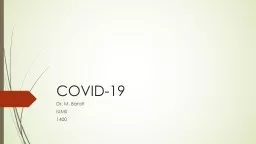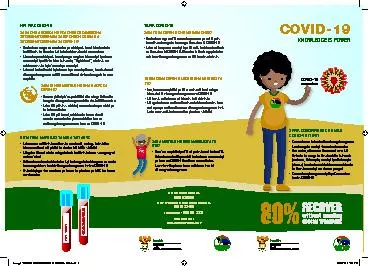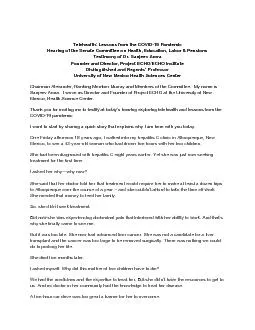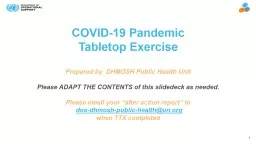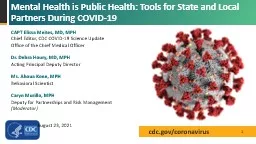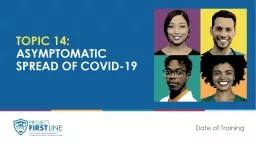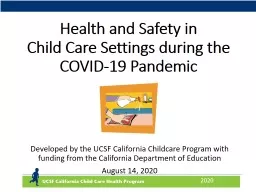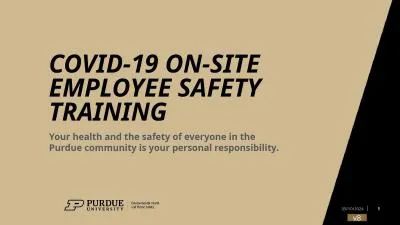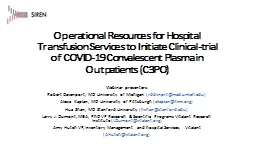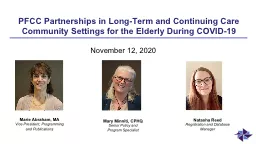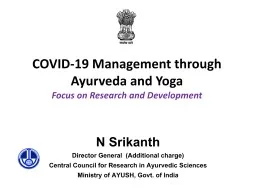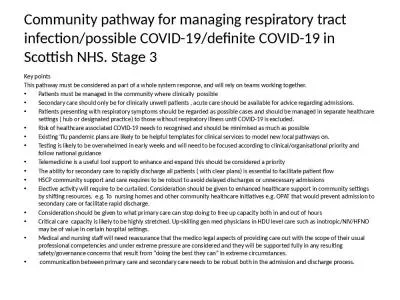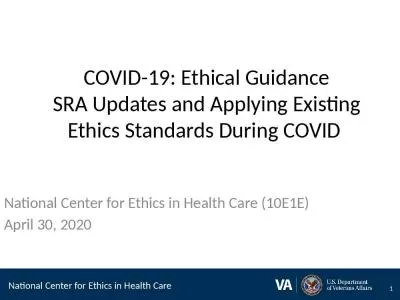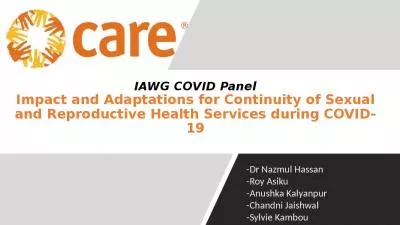PPT-COVID-19 Dr. M. Barati IUMS
Author : DateMeDarling | Published Date : 2022-08-04
1400 Introduction past 2 decades outbreaks in East Asia SARS 2002 Middle East MERS 2012 Wuhan City Hubei Province China on 12 Dec 2019 WHO declare SARSCo2
Presentation Embed Code
Download Presentation
Download Presentation The PPT/PDF document "COVID-19 Dr. M. Barati IUMS" is the property of its rightful owner. Permission is granted to download and print the materials on this website for personal, non-commercial use only, and to display it on your personal computer provided you do not modify the materials and that you retain all copyright notices contained in the materials. By downloading content from our website, you accept the terms of this agreement.
COVID-19 Dr. M. Barati IUMS: Transcript
Download Rules Of Document
"COVID-19 Dr. M. Barati IUMS"The content belongs to its owner. You may download and print it for personal use, without modification, and keep all copyright notices. By downloading, you agree to these terms.
Related Documents

